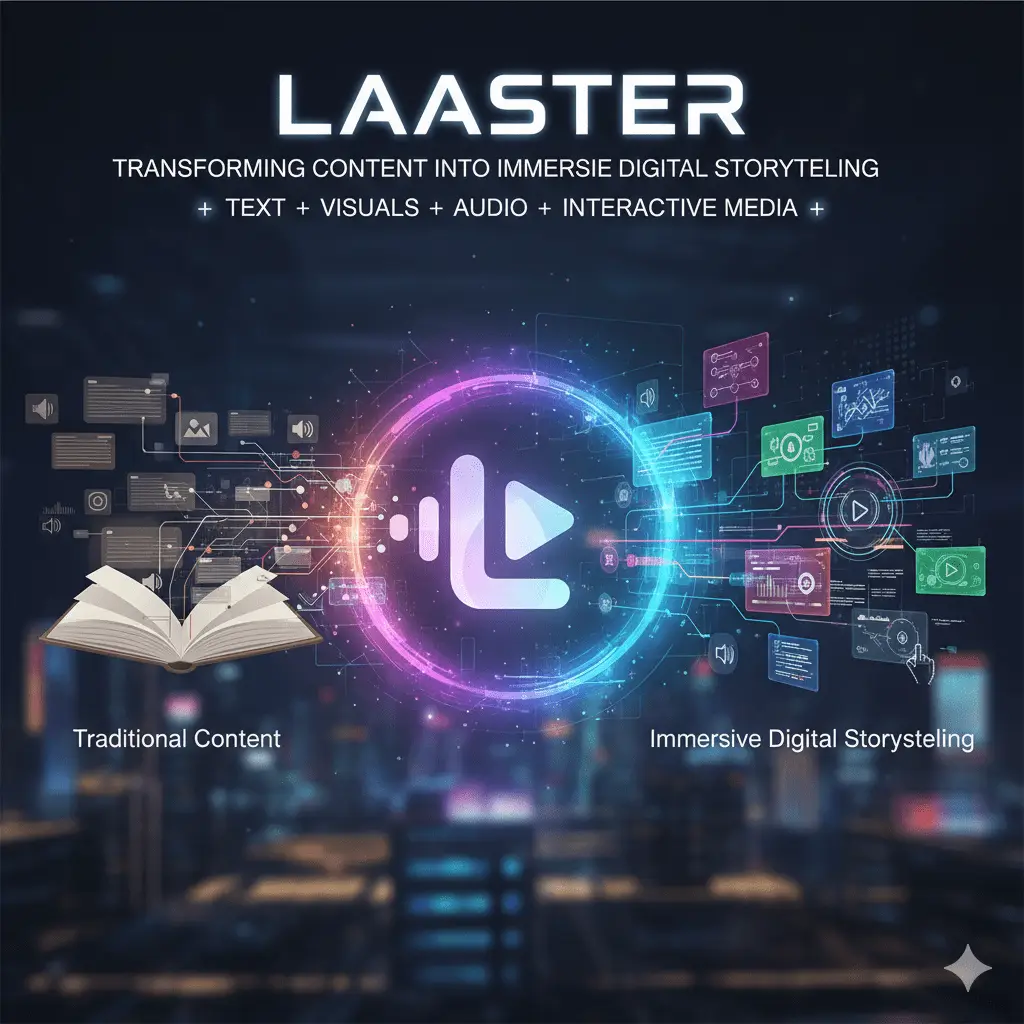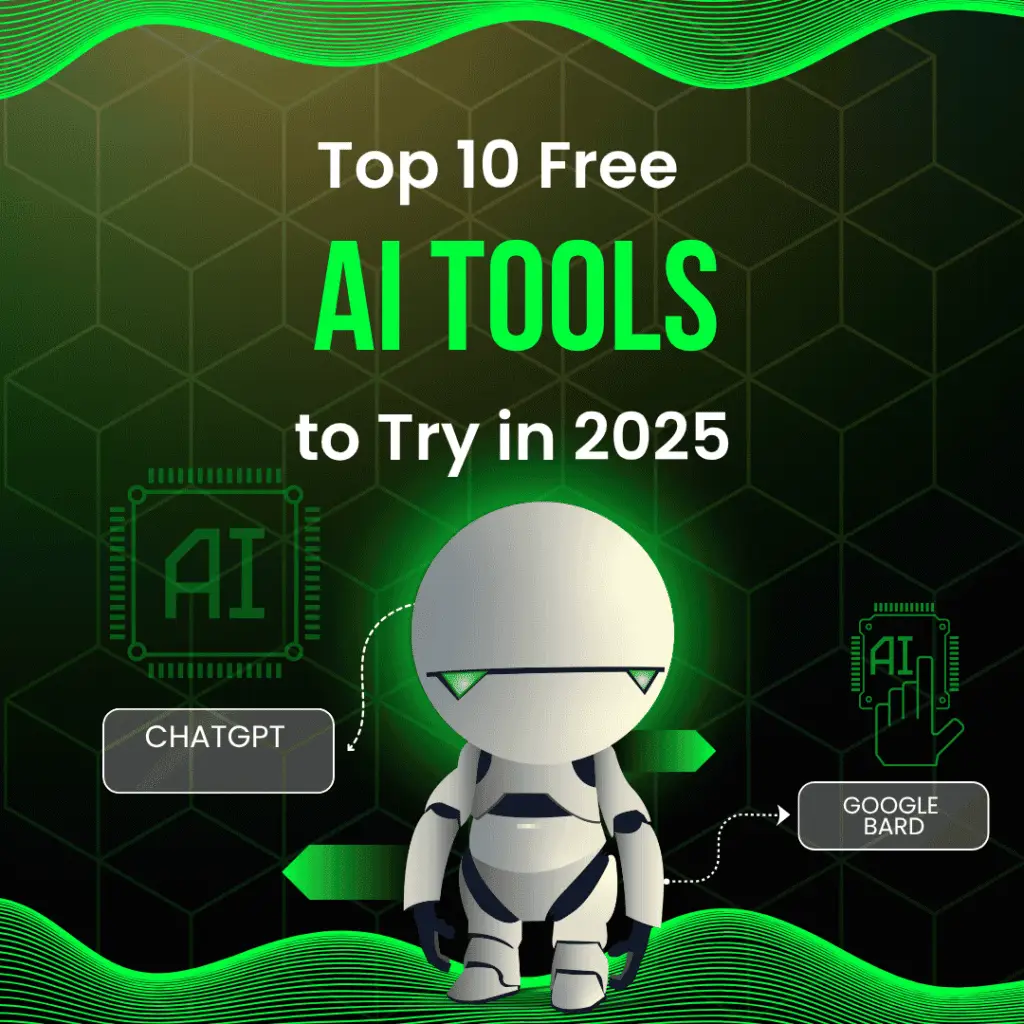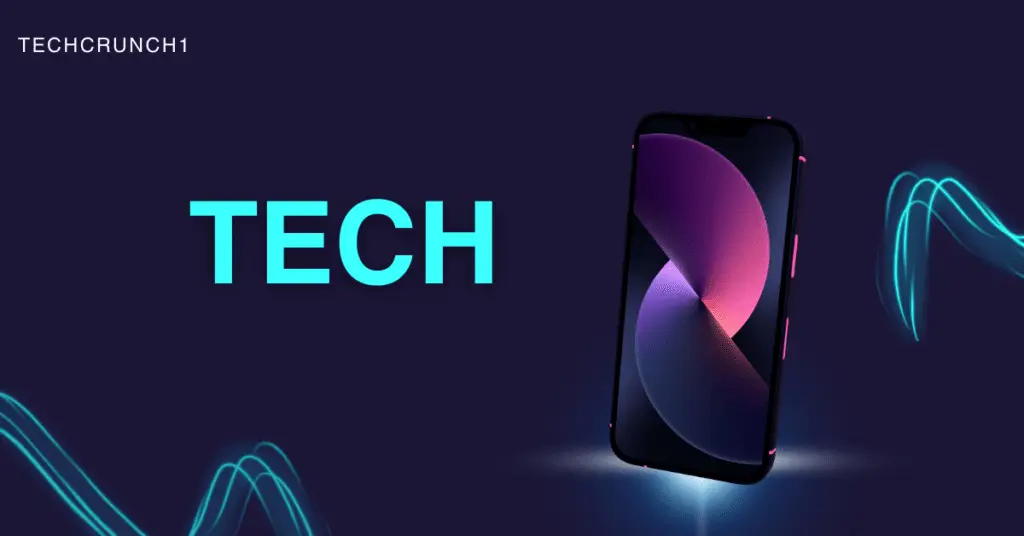Laaster: The New Face of Digital Storytelling
Have you noticed how stories have changed in the last decade?
I mean, think about it—once upon a time, stories were either in books, on TV, or in those long newspaper columns that most of us probably never read. But now? A single TikTok clip, a brand’s Instagram reel, or even a podcast episode can change how people think, shop, or connect with the world. That’s the crazy power of digital storytelling.
And right in the middle of this shift comes Laaster. It’s not just another fancy tool; it’s one of those platforms that feels like it was designed for the way we actually consume stories today—quick, immersive, interactive, and, let’s be real, attention-grabbing.
So, What Exactly Is Laaster?
The old way would be to paste them in a boring presentation or upload a YouTube video and hope for the best.
It’s like comparing an old slideshow with a Netflix documentary. Same info, but the feel? Worlds apart.
Why Digital Storytelling Matters More Than Ever
Let’s pause for a second. Why is everyone suddenly obsessed with “storytelling”?
Because humans are wired for it. From cave paintings to TikTok, stories have always been how we understand chaos, remember things, and connect with each other. But in today’s digital world, where attention spans are shrinking faster than ever, how you tell the story is more important than the story itself.
That’s where Laaster nails it. It doesn’t just hand you tools; it hands you a stage where your audience doesn’t just “see” your content but actually feels like they’re walking through it.
Let’s be honest—most new platforms love to throw shiny buzzwords at us. One says “AI-powered,” and the other brags about “blockchain integration.” Sounds cool, sure, but when you actually sit down to create something, half those features don’t even matter.
Who Can Use Laaster? (Hint: Pretty Much Everyone)
That’s the beauty. Laaster isn’t boxed in for “just businesses” or “only creators.” It’s wide open.
- Brands and Companies → Marketing campaigns don’t have to be boring. Imagine launching a new product through a story people can explore instead of just watch. That’s engagement on another level.
- Educational Institutions → Students aren’t exactly thrilled by PDF handouts. Imagine sitting in a boring lecture—half the class is yawning, the other half scrolling their phones. But if that same lecture is turned into a Laaster journey, suddenly you’re not just reading slides, you’re moving through the story. It feels less like schoolwork and more like an adventure you actually want to finish.
And it’s not just classrooms. Think about creators. If you’re a YouTuber who wants to take fans deeper than just your 10-minute video, or a podcaster who wants listeners to see the world behind the mic, Laaster lets you build that extra layer. It’s not just “content”; it’s an experience your audience can step into. Not just “watch my video,” but “live my story with me.”
Agencies → Campaign pitches become a lot more persuasive when clients can experience the idea instead of just nodding at slides.
Real-World Examples (Because Theory Gets Boring Fast)
A Travel Vlogger: Instead of a 10-minute video, they create a lasting experience where viewers scroll through photos, listen to local sounds, and watch clips that feel like a guided adventure.
A Startup Brand → Launching a product? Instead of static ads, they tell the “why” of their product—what problem it solves, how it was built, and why it matters—in a flow that actually holds attention.
Suddenly, the university doesn’t feel like a brochure; it feels like home.
The Next Big Trend in Storytelling?
Honestly, yes. Every few years, storytelling gets a new “face.”
- Print made way for radio.
- Radio bowed down to TV.
- TV slowly shifted to social media.
And now, immersive digital experiences are becoming the “thing.”
Laaster feels like part of that next wave. It’s not about replacing videos or blogs—it’s about enhancing them. Adding depth. Making sure the audience doesn’t just consume but engages.
Why Laaster Might Be Worth Your Time
At the end of the day, tools come and go. But the ones that stay are those that make life simpler while adding value. Laaster hits that balance—it’s creative without being overwhelming, immersive without being complicated.
If you’re a storyteller in any form—teacher, brand, creator, or even just someone with a story worth telling—this is one platform you should at least try once.
Because the future of storytelling isn’t about louder ads or longer videos. It’s about immersive narratives that actually connect. And Laaster, in its own way, is making that future possible today.
Final Take
Think about it for a second. When was the last time you remembered a random percentage or a chart from a presentation? Probably never. But you do remember the story your teacher once told in class, or that ad which made you laugh—or maybe even cry. Stories stay; numbers fade.
That’s where Laaster really feels different. It isn’t just another tool with buttons and templates. It’s more like an open canvas where your photos, words, sounds, and clips can flow together and actually feel alive. Not just consumed—felt.
So whether you’re pitching an idea, running a campaign, or simply trying to capture a personal moment, don’t drag people through another dull slideshow. Wrap it as a story with Laaster—and watch how differently people connect.
Because the best stories? They don’t get told. They get lived.



